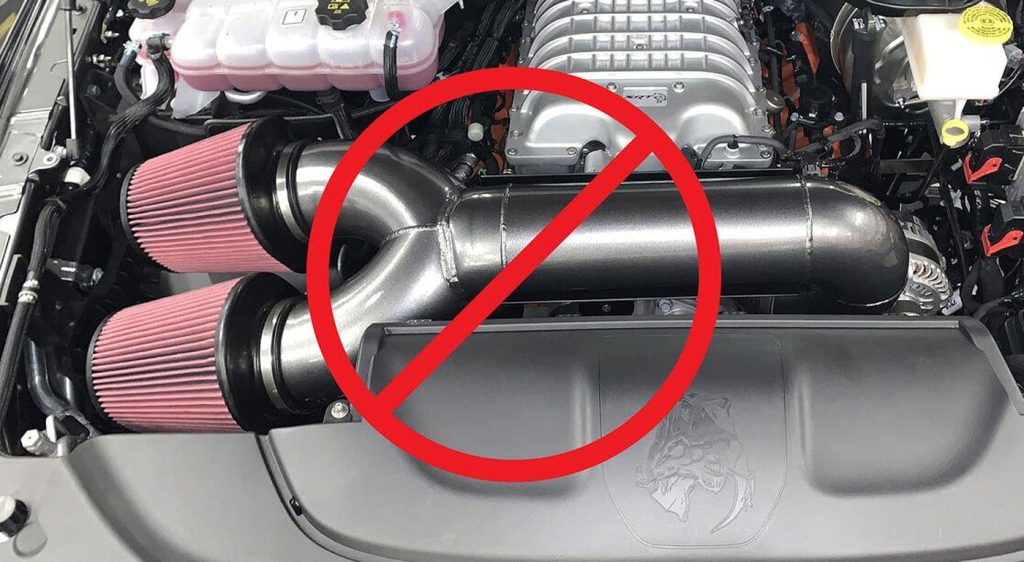Car enthusiasts and everyday drivers alike are constantly looking for ways to improve the performance and efficiency of their vehicles. One popular upgrade that often comes to mind is installing a cold air intake system.
Proponents of cold air intakes tout benefits such as increased horsepower, improved throttle response, and better fuel efficiency. But does a cold air intake really improve gas mileage? Let’s explore the ins and outs of cold air intakes and their potential impact on fuel economy.
Understanding Cold Air Intakes
Before delving into the effects of cold air intakes on gas mileage, it’s important to understand how they work. A cold air intake is designed to replace the factory air intake system in a vehicle.
Its primary function is to deliver cooler air to the engine compared to the stock intake system which typically pulls in warmer air from the engine bay.
By introducing colder, denser air into the engine, the combustion process can be more efficient and powerful. Cold air intakes often feature larger diameter tubes and smoother, unrestricted airflow paths, allowing the engine to breathe easier and potentially produce more power.
While the focus of cold air intakes is often on performance gains, some proponents argue that the increased efficiency of the combustion process can also lead to better fuel economy.
Potential Impact on Gas Mileage
When it comes to the question of whether a cold air intake can improve gas mileage, the answer is not always straightforward. While some drivers report seeing a modest increase in fuel efficiency after installing a cold air intake, the results can vary depending on several factors, including driving habits, vehicle type, and overall engine efficiency.
Benefits Of Cold Air Intakes For Fuel Efficiency
Proponents of cold air intakes improving gas mileage point to the potential benefits that can contribute to better fuel efficiency:
- Improved Combustion: The colder, denser air supplied by a cold air intake can promote more complete combustion of the air-fuel mixture, potentially extracting more energy from the fuel.
- Reduced Engine Heat Soak: Traditional air intake systems can draw in hot air from the engine bay, especially in stop-and-go traffic or idling situations. Cold air intakes mitigate this issue, which may result in a more consistent and efficient engine performance, especially in high-temperature environments.
- Less Restrictive Airflow: A well-designed cold air intake can reduce airflow restrictions, allowing the engine to breathe more freely. This optimized airflow can contribute to smoother engine operation and potentially better fuel economy.
Factors Affecting Real-world Results
While the theoretical benefits of cold air intakes on fuel efficiency are compelling, it’s essential to consider the real-world factors that can influence the actual impact on gas mileage:
- Driving Habits: Aggressive driving, frequent rapid acceleration, and high-speed maneuvers can offset any potential fuel efficiency gains from a cold air intake.
- Vehicle Tuning: Some cold air intake installations may require an engine tune to fully realize the performance and efficiency gains, and improper tuning can lead to suboptimal results.
- Engine Design: The impact of a cold air intake can vary depending on the specific design and characteristics of the engine. Some engines may be more sensitive to intake modifications than others.

Credit: official.bankspower.com
Conclusion
So, does a cold air intake improve gas mileage? While there is a logical basis for the argument that cold air intakes can contribute to better fuel efficiency, the real-world results may not always align with the theory. Some drivers may experience a noticeable increase in gas mileage after installing a cold air intake, while others may see minimal to no difference.
Ultimately, the impact of a cold air intake on gas mileage is just one piece of the puzzle when considering this upgrade. For enthusiasts seeking improved performance and a potentially more efficient engine, a cold air intake can still be a worthwhile investment. However, it’s crucial to set realistic expectations and consider the broader context of driving habits, vehicle characteristics, and other potential modifications when evaluating the overall benefits of a cold air intake.
Whether the primary goal is to boost horsepower, enhance engine sound, or potentially improve gas mileage, a cold air intake represents a significant modification to a vehicle’s air intake system. As with any aftermarket upgrade, careful consideration and an understanding of both the theoretical and practical implications are essential in making an informed decision about installing a cold air intake.
